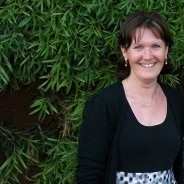 Kerryn Coombe first contacted me in 2006 with a desire to learn about silk thangkas. At that time, she went by a different name and was immersed in social work studies. Two years later, unbeknownst to Kerryn, the seed that became the Stitching Buddhas Virtual Apprentice Program was independently (or perhaps I should say “interdependently”) planted in my life. As she progressed along her own path, establishing a center for Buddhist Psychotherapy, Kerryn didn’t lose sight of her vision to learn Tibetan appliquè.
Kerryn Coombe first contacted me in 2006 with a desire to learn about silk thangkas. At that time, she went by a different name and was immersed in social work studies. Two years later, unbeknownst to Kerryn, the seed that became the Stitching Buddhas Virtual Apprentice Program was independently (or perhaps I should say “interdependently”) planted in my life. As she progressed along her own path, establishing a center for Buddhist Psychotherapy, Kerryn didn’t lose sight of her vision to learn Tibetan appliquè.
She had lifelong interest in embroidery and art, plus a deep commitment to service and to her own transformation. In April 2011, four and a half years after she first wrote to me, Kerryn entered the Stitching Buddhas program and it has been a joy to watch her create! Her attention to detail is unparalleled, as are her insights into self-care and awareness. Kerryn has taught me a lot about trusting the natural unfolding of my relationships and path.
Kerryn dreams of building a Stitching Buddhas community in Australia and I’ll be talking with her about organizing a workshop near Melbourne sometime soon!
Leslie’s work merges the spiritual and creative for me like no other form of needlework I know. — Kerryn Coombe
These last couple of months have been a hive of activity as Menla Healing (or rather I) took up a number of challenges the least of which was a trip to California, in the US, for a ‘Stitching Buddhas’ retreat where women from around the world gathered under the watchful eye of our teacher Leslie Rinchen-Wongmo to develop our skills in the ancient art of Tibetan Applique.
What does this have to do with pain or Menla Healing? Menla Healing is about managing pain both emotional and physical. Menla Healing promotes self-compassion and care …. and this is how I chose to care for myself. This form of art aids expression, is spiritual and healing, and it lends itself to contemporary pain management strategies such as ‘pacing’.
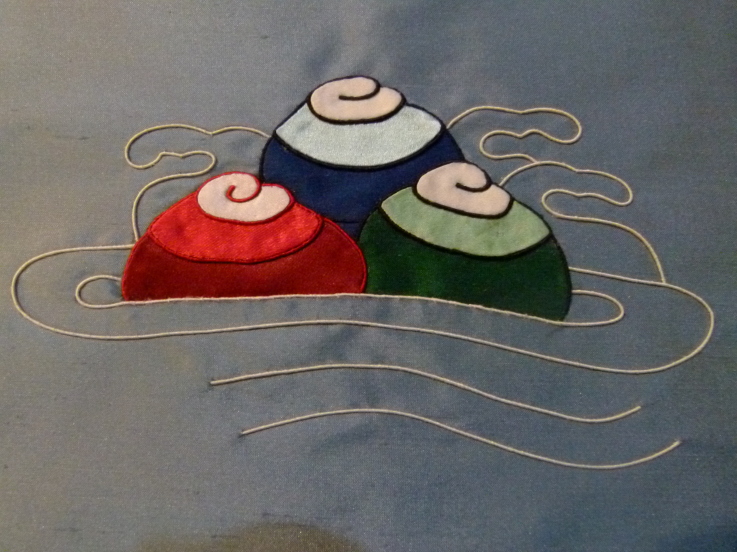
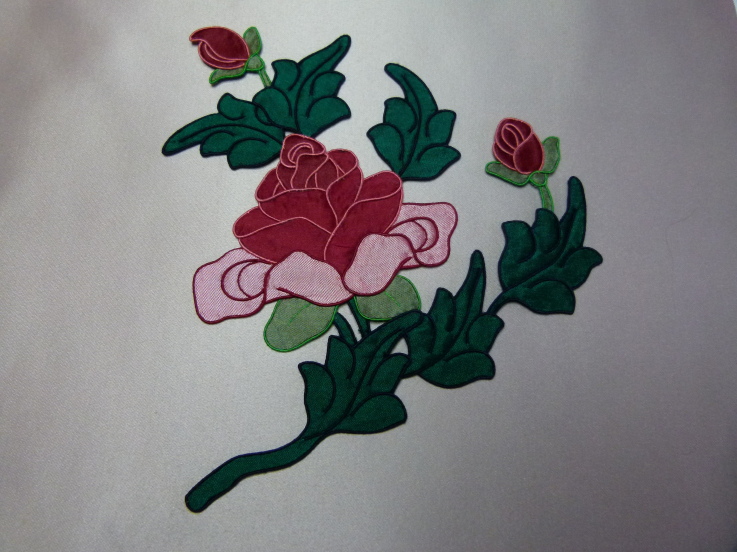
This ancient applique process used in the making of Tibetan Buddhist Thangkas offers opportunities for practice and self-care no matter how much pain or discomfort you are in. On ‘good’ days one could wrap cords and do the most intricate of work. On days where this is not possible fabrics could be ”stabilized’, or longer less intricate pieces could be stitched and couched. On days that demand stillness, the projects and the course material can be reviewed, images of the works of Masters (including those of Leslie Rinchen-Wongmo) can be perused, or one may prefer to just sit and examine fabrics and threads making choices of textures, colours and designs for the next project.
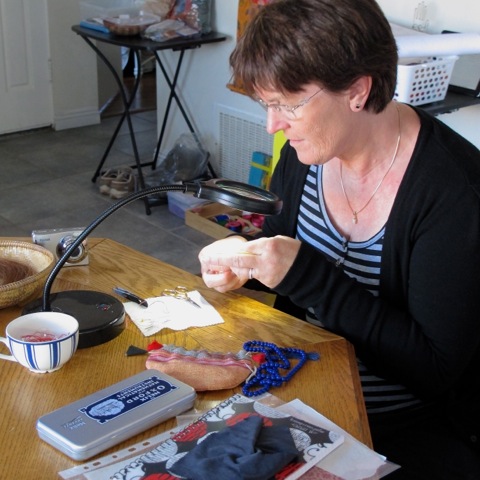
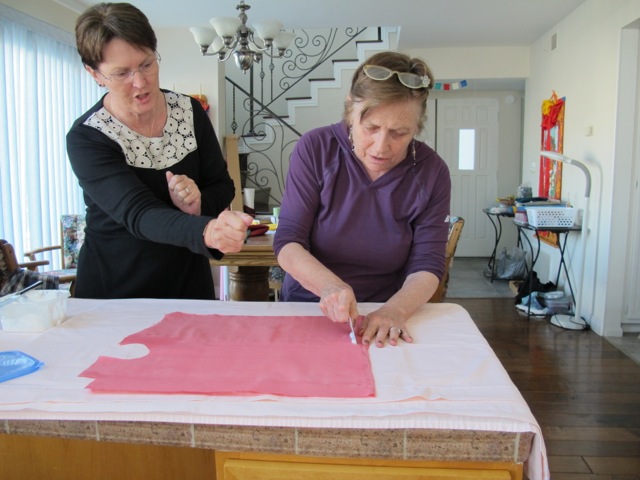
Pain doesn’t mean we need to lose touch or give up the things we love doing. There is always something that this art form offers no matter where one is with pain, even if that is ‘just sitting’ and accepting.
This art form is also such a beautiful Buddhist practice – the act of stitching is mindfulness in action. Each piece is symbolic and rich in teachings and opportunities for meditation.
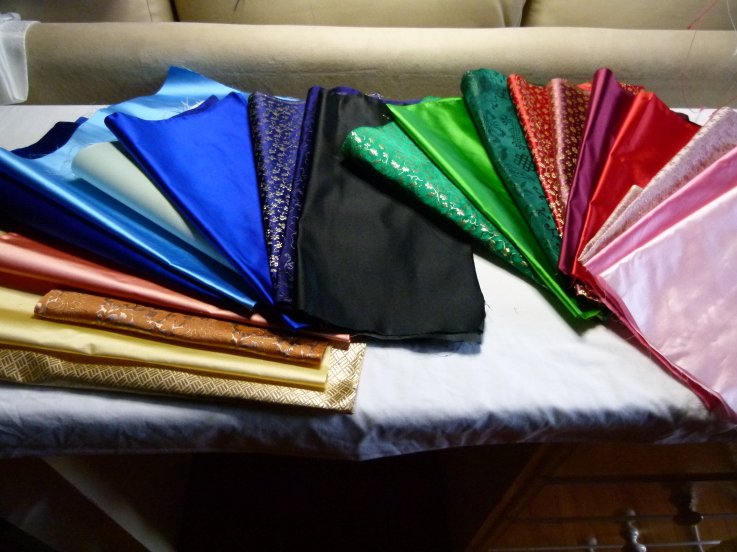
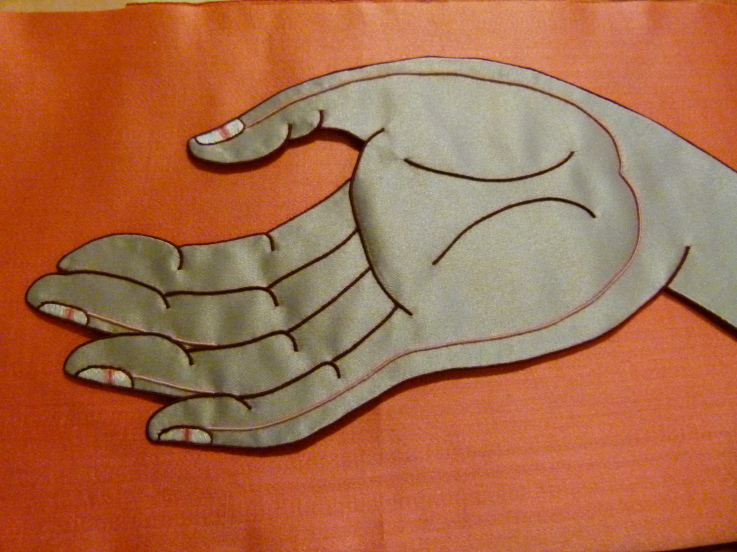
One learns a great deal about ones mind while in meditative contemplation of each stitch.
For information about the Stitching Buddhas Virtual Apprentice Program, visit the Teaching page of this website.

